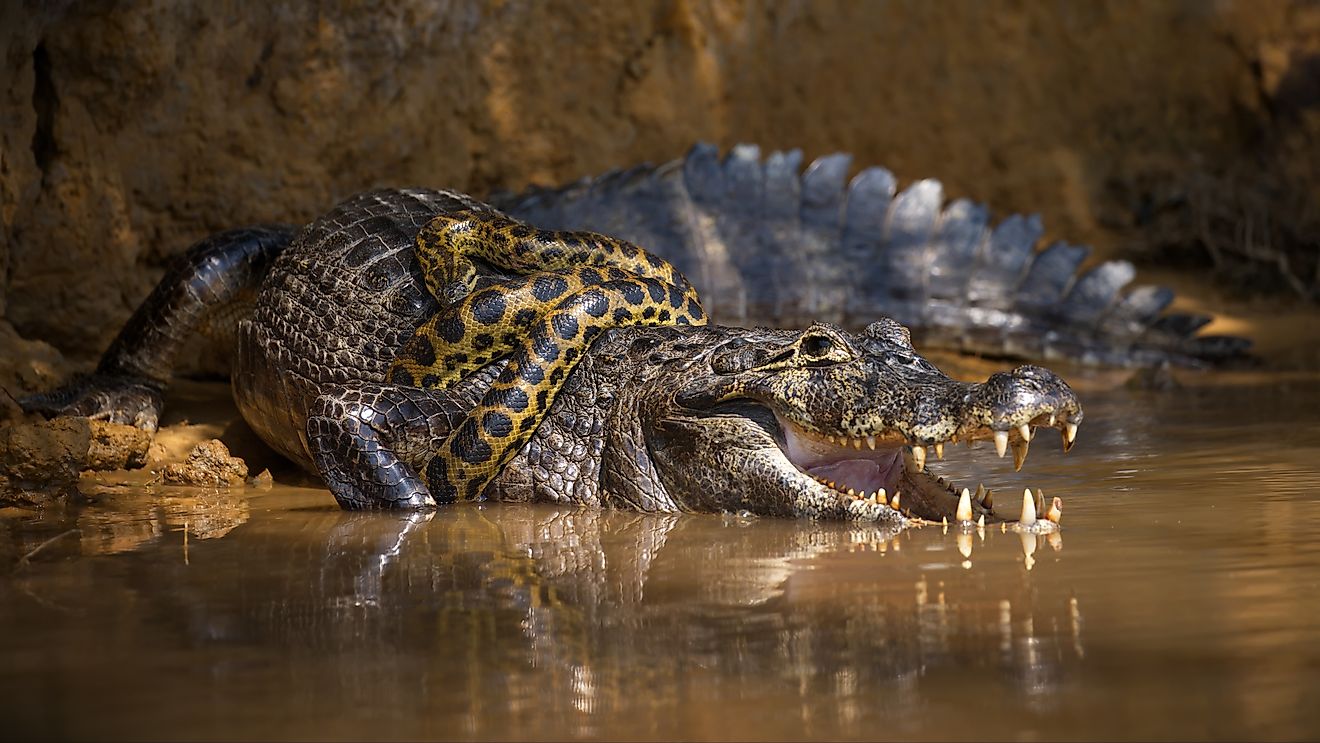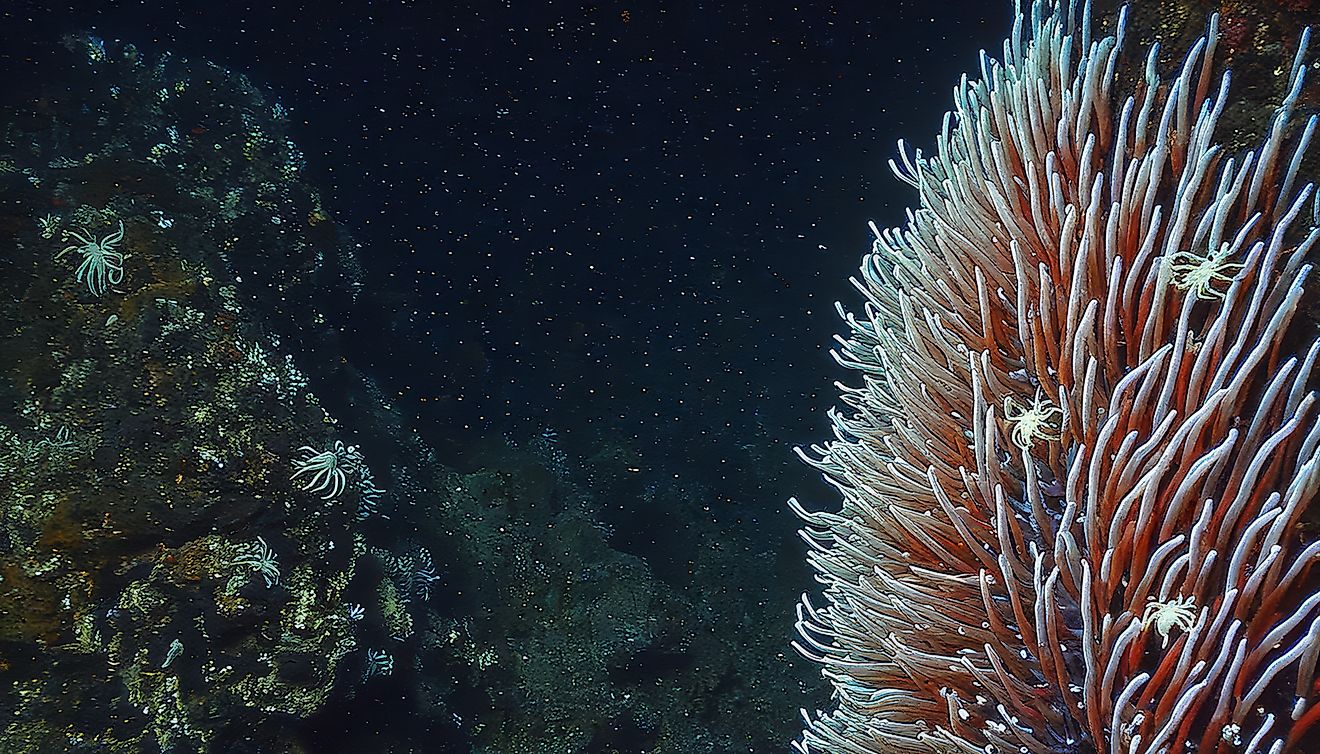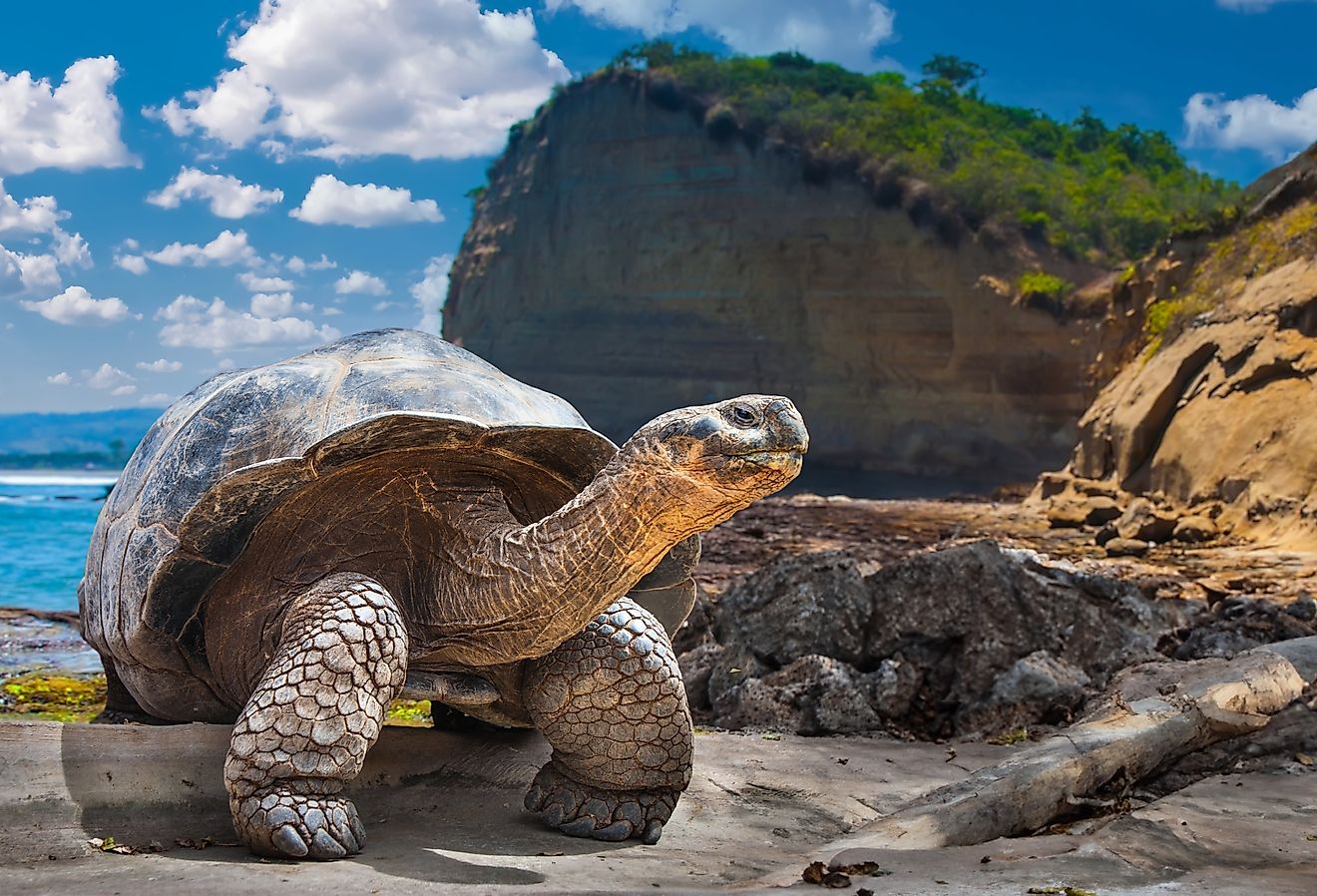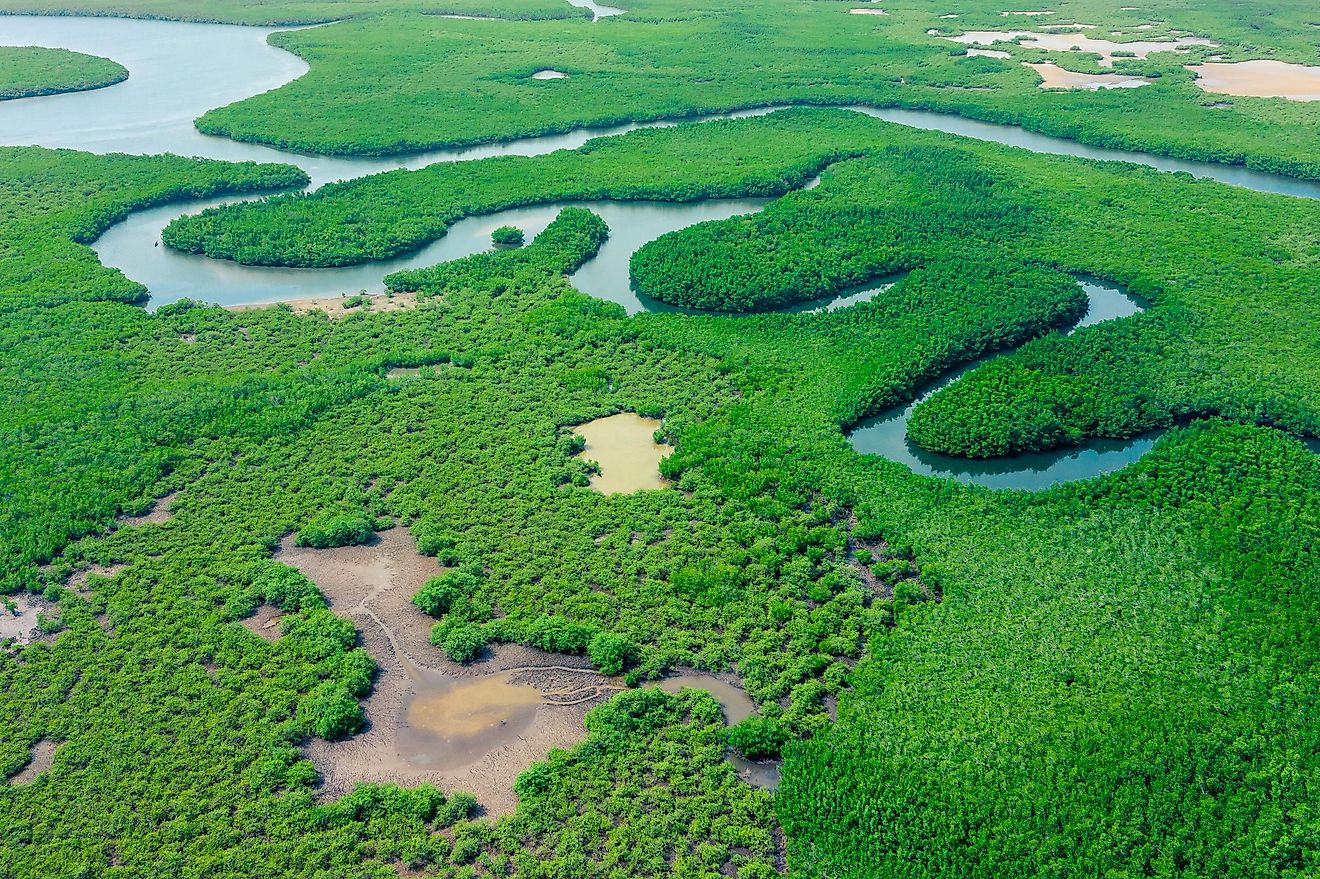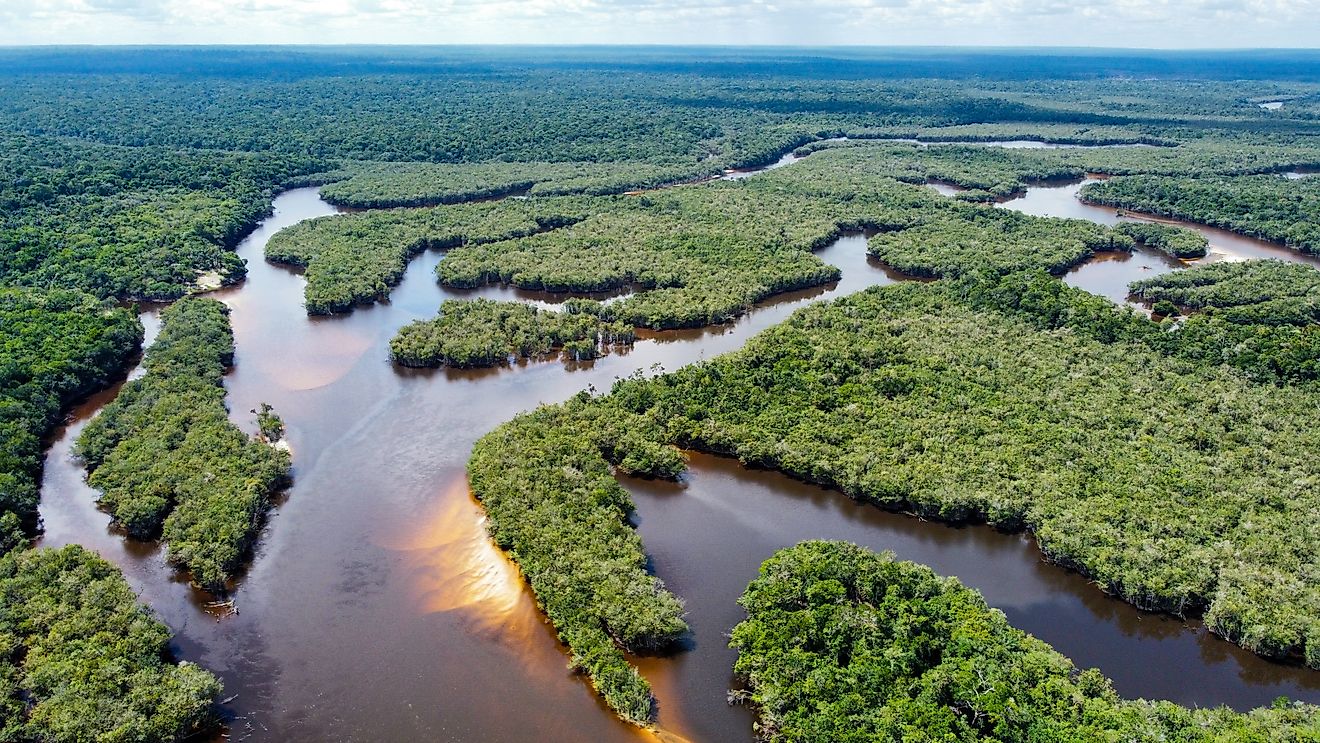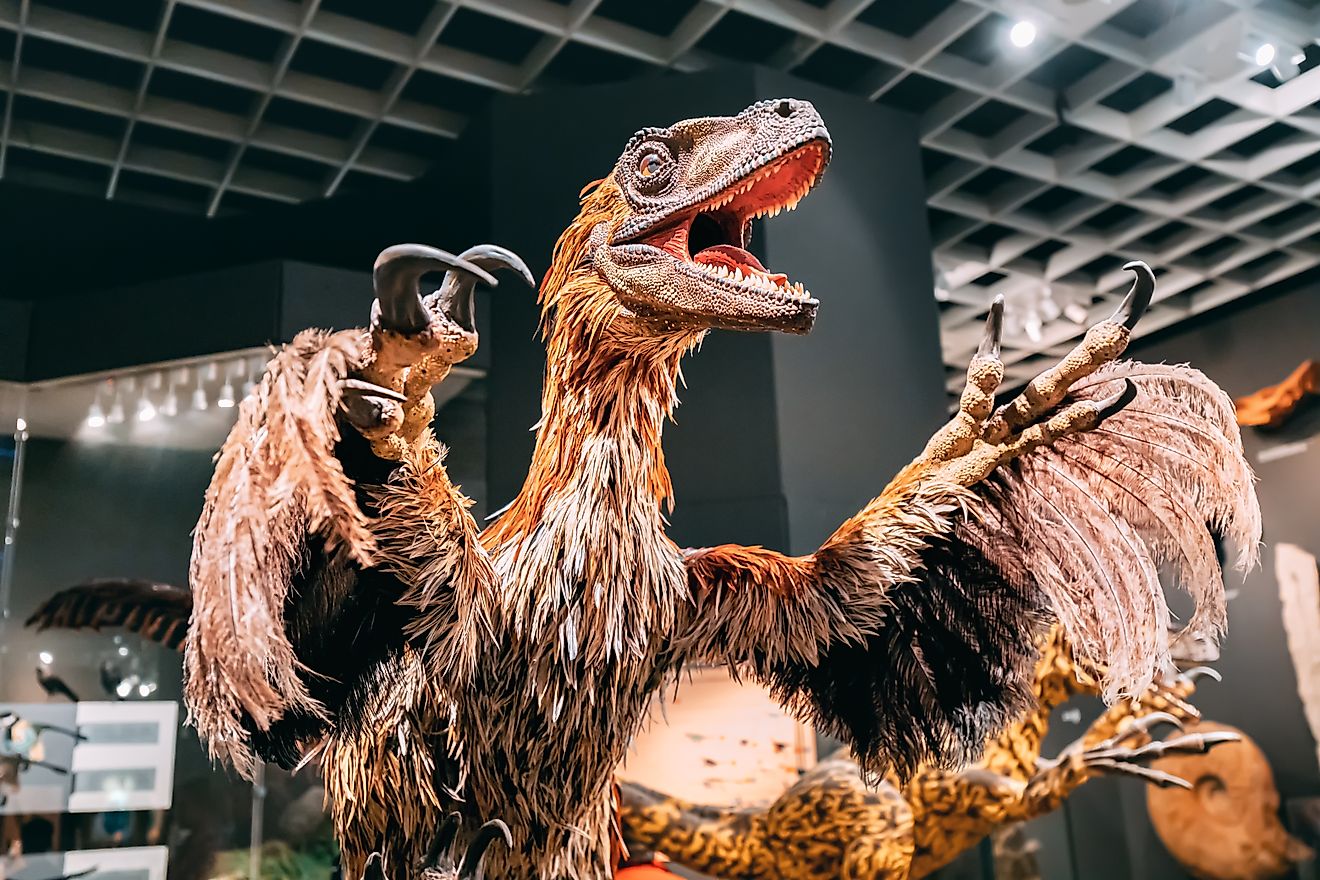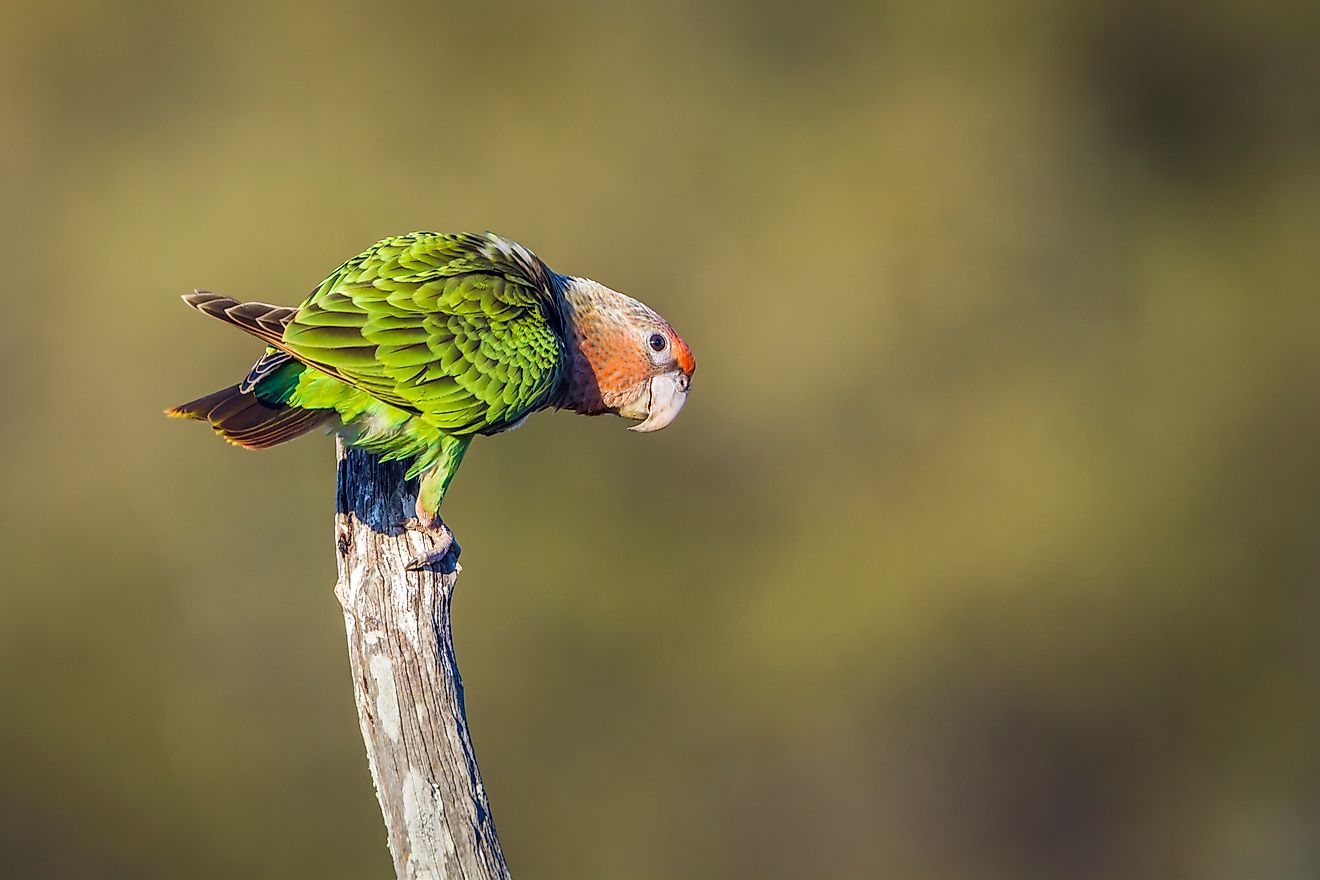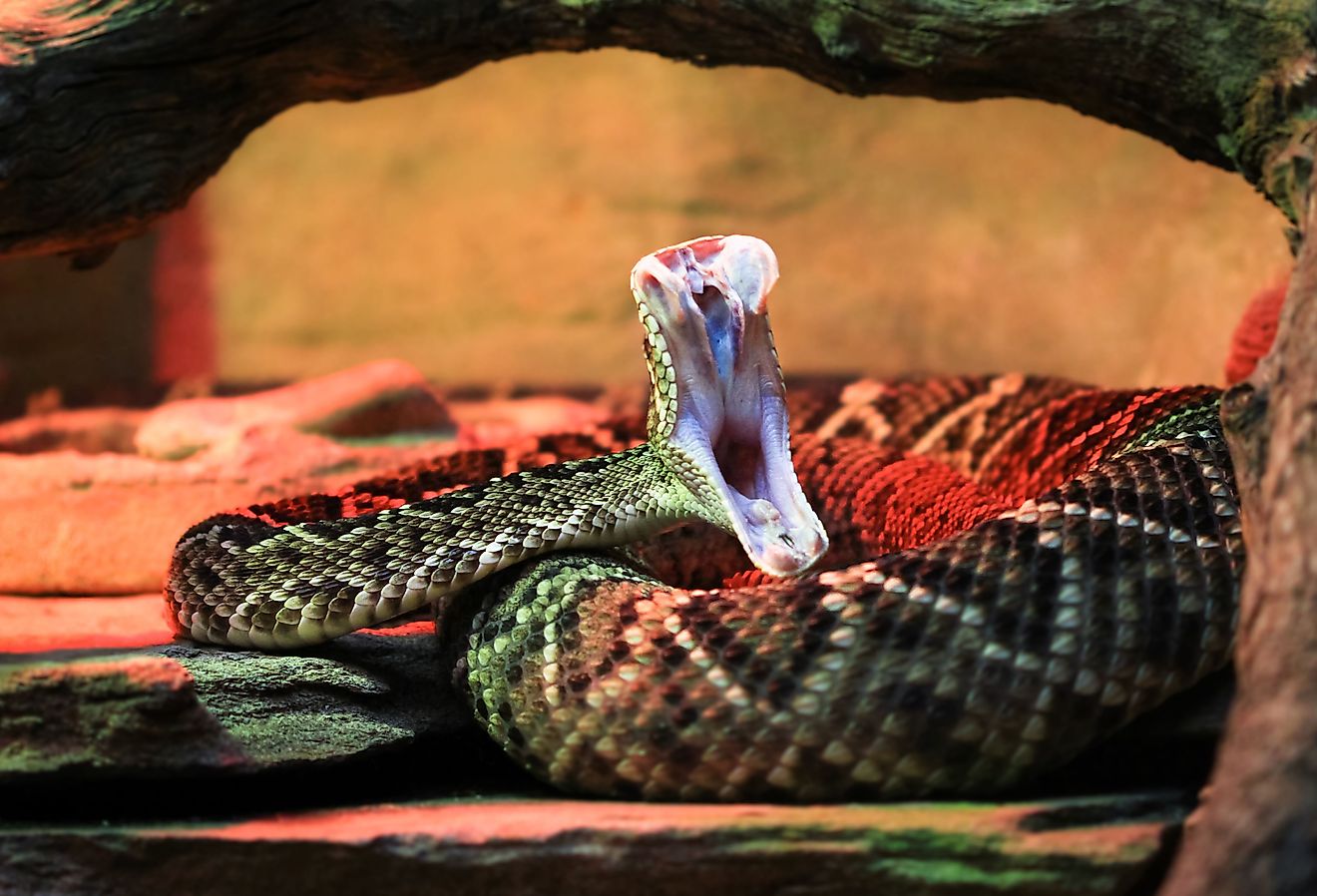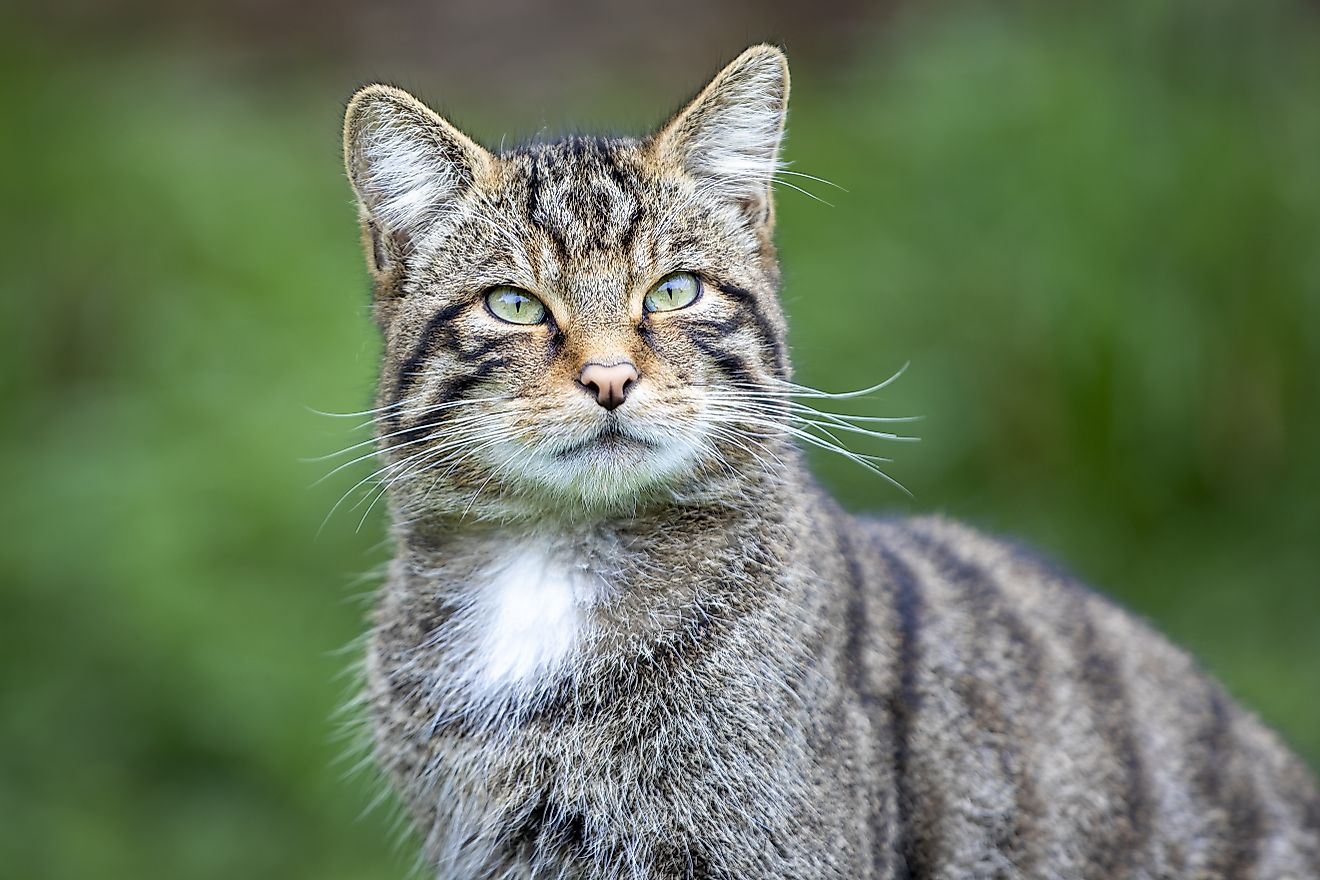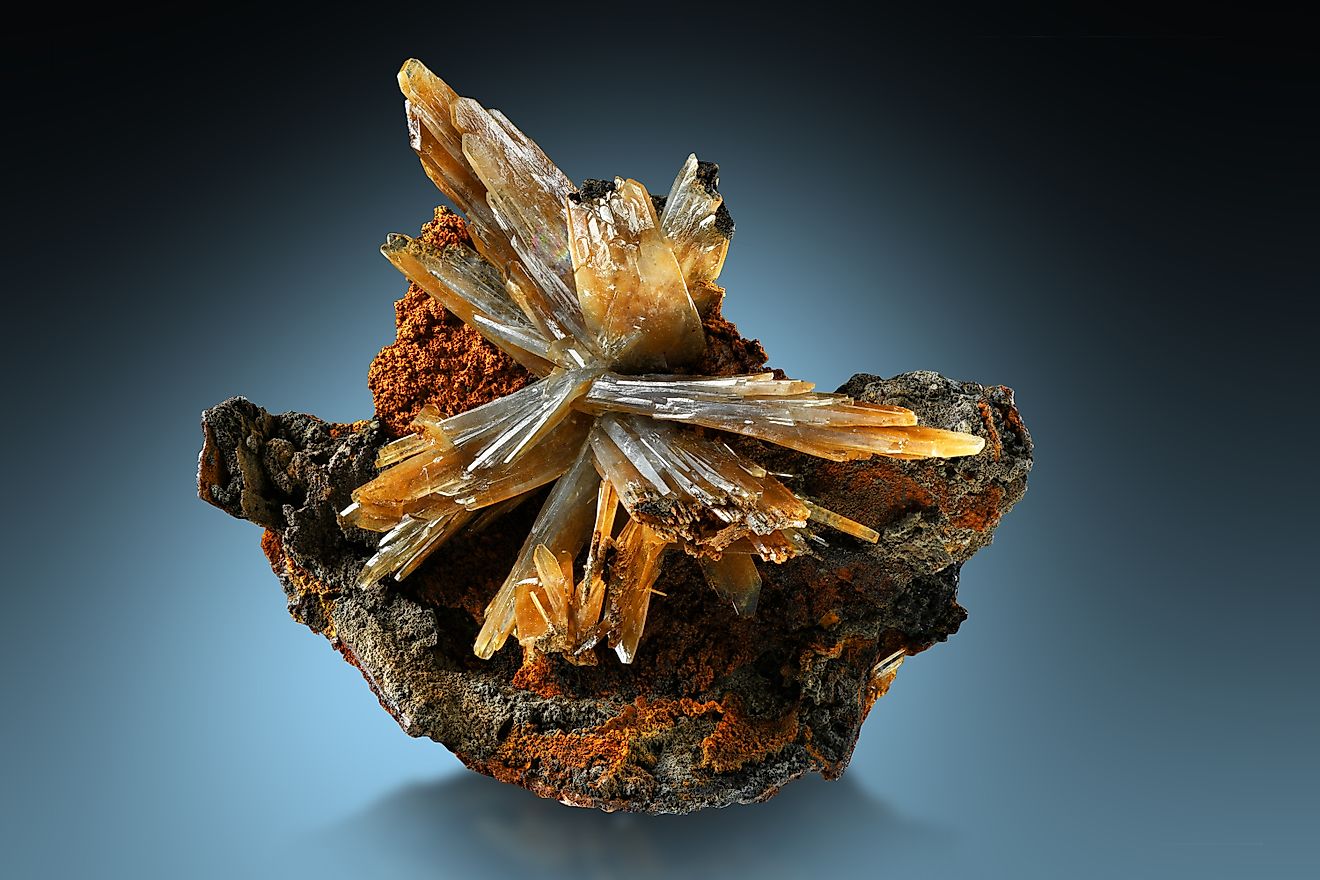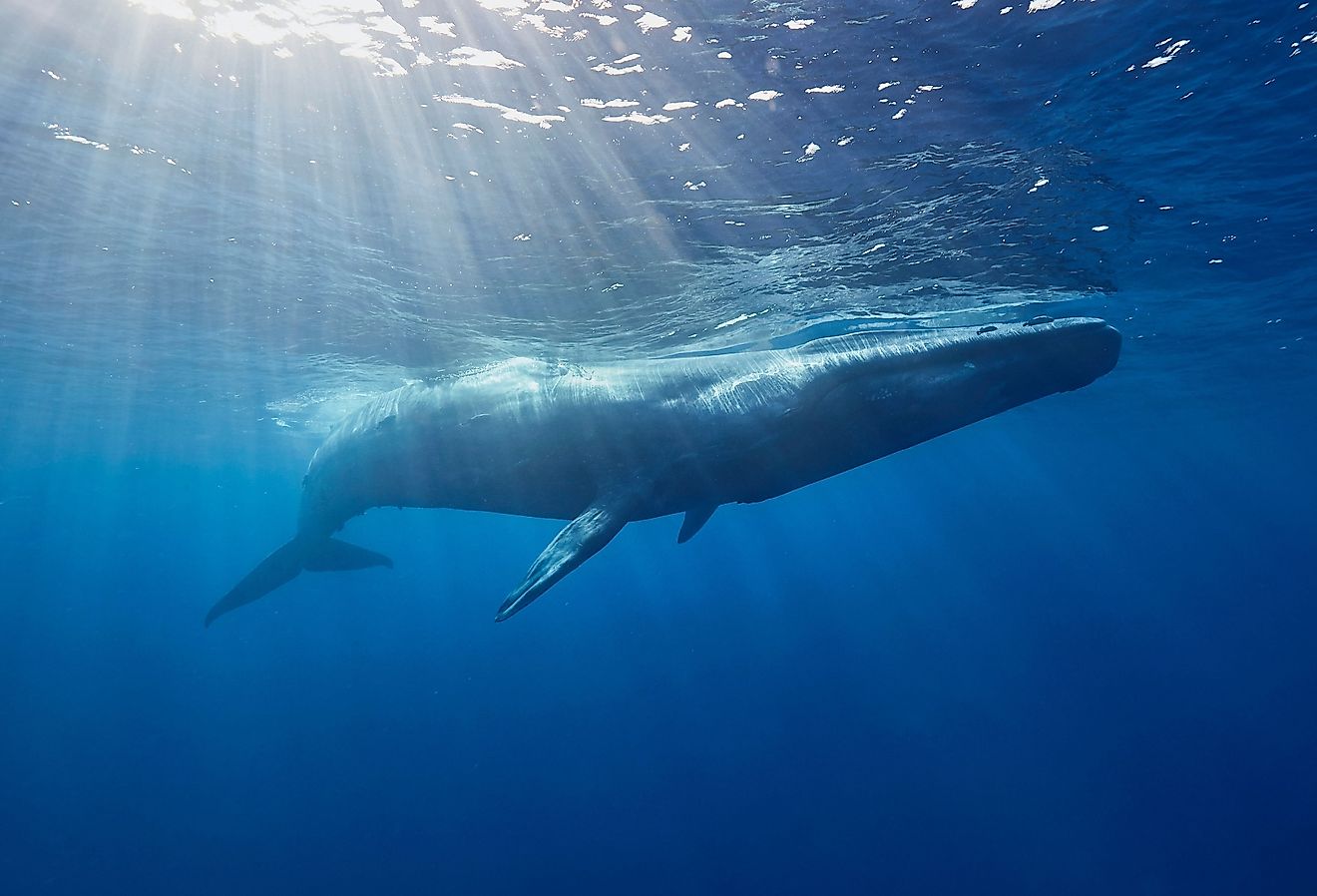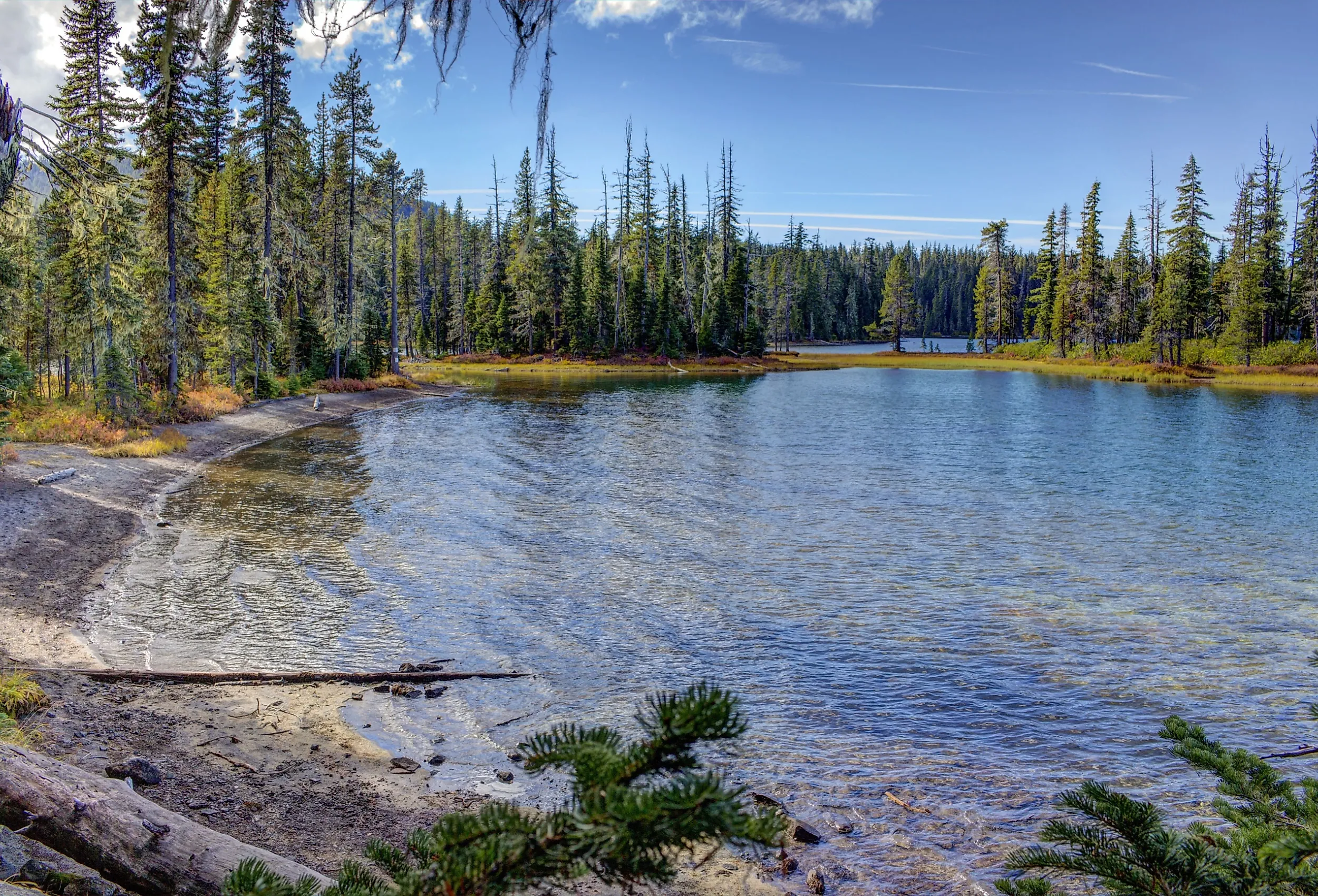
The Most Snake Infested Lakes in Oregon
The Beaver State might be best known for its large, toothy rodents (and other iconic mammals of the Pacific Northwest), but snakes are also common in these parts. Oregon is home to 15 species of serpents, in fact. And though no water snakes sneak onto this list, several semi-aquatic varieties like to hang out in and around key bodies of water. The following is a brief dive into the most snake-infested lakes in the state. The goal is not to trigger ophidiophobia (fear of snakes) but to celebrate some overlooked characters within Oregon's rich ecosystems.
Crater Lake
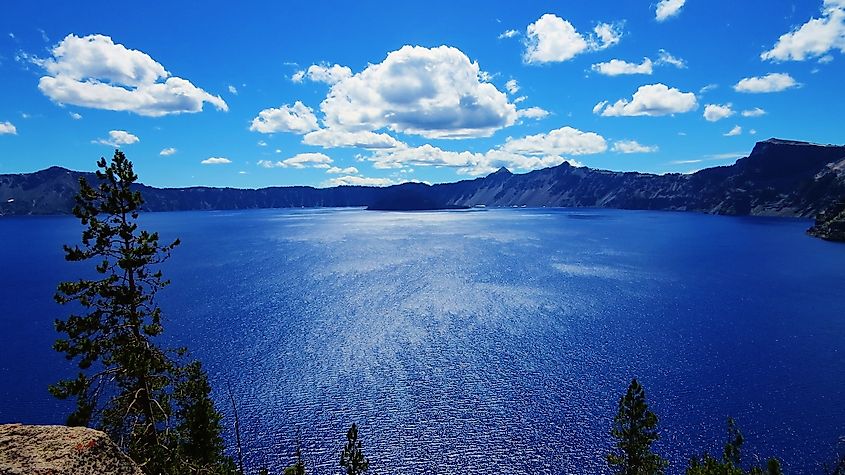
The star attraction of Crater Lake National Park just so happens to be the deepest lake in the United States. It formed 7,700 years ago when a massive volcanic eruption caused the collapse of one of the peaks within the Cascade Mountain Range. Then, due to rain and snowmelt (i.e., Crater Lake's only source of sustenance), the basin, which reaches 1,943 feet at its deepest, was gradually filled. Nowadays, the pure blue waters draw not only hundreds of thousands of annual tourists—keen to photograph the mountains reflecting off the surface and hike the surrounding trails—but also an estimated 19 native species of reptiles, including three of Oregon's four species of garter snakes. According to the National Park Service, genetic analysis is needed to tell them apart, as intraspecies coloration varies quite a bit. For instance, on Wizard Island (located on the west-central part of Crater Lake), they are sometimes solid black due to a condition known as melanism.
Regardless of the species/subspecies, insects and amphibians constitute the bulk of the garter's diet. But if they're feeling particularly bold, they might even snatch a baby mammal or bird when the opportunity presents itself. So fear not prospective hikers/swimmers, for no matter what it looks like (bright, striped, or dark), the snakes of Crater Lake want absolutely nothing to do with humans.
Wallowa Lake
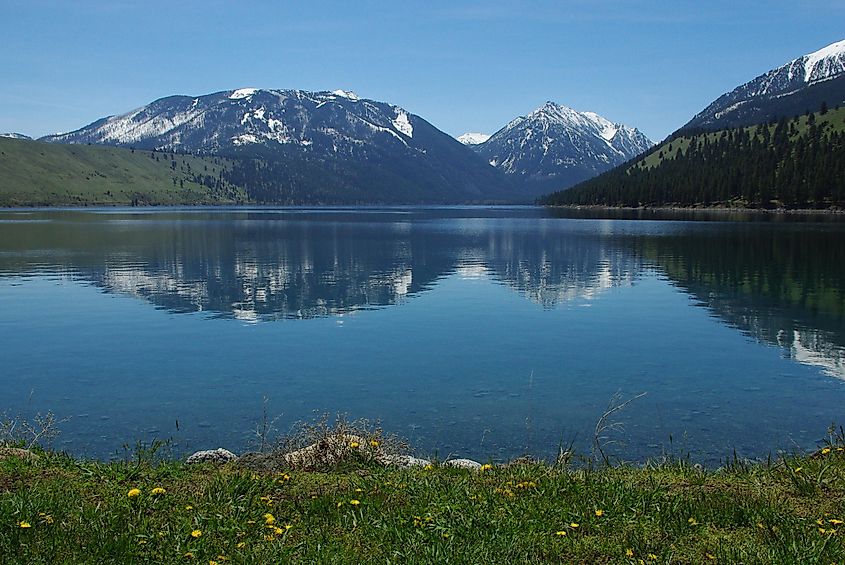
While the term "snake-infested" might be a little hyperbolic when describing Wallowa Lake, this is still a good opportunity to discuss Oregon's sole venomous snake: the western rattlesnake (Crotalus viridis). More specifically, we'll want to focus on the geographically relevant subspecies known as the Northern Pacific rattlesnake (Crotalus v. oreganus).
Located within Wallowa County and the Wallowa-Whitman National Forest and bordered by the beautiful Wallowa Mountains, this small ribbon lake is the focal point of Wallowa State Park. The aforementioned audible pit viper makes this gem of northeastern Oregon all the more fascinating. Western rattlesnakes typically lay low near rocks or fallen logs or hibernate in south-facing winter dens, but they are also highly capable swimmers. Aside from their iconic rattle, which vibrates as a warning when threatened, this species can be identified by its broad, triangular head and vertical pupils. Western rattlers also tend to measure between 18 and 36 inches in length, but their color patterns differ based on the habitat in question.
Negative interactions with humans are rare, but the Northern Pacific rattlesnake has bitten its fair share of pets within Wallowa County. Thankfully, cats and dogs tend to recover quite quickly, though it's still best to keep an eye (or a leash) on them and seek veterinary attention if struck.
Lake Billy Chinook
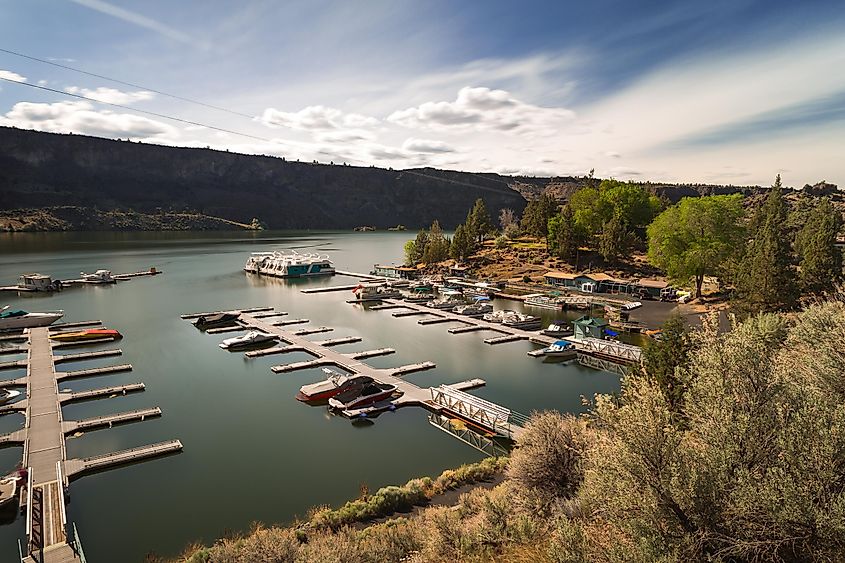
Speaking of rattlesnakes, let us now head over to Lake Billy Chinook in central Oregon, where an imposter snake is known to reside. The gopher snake (Pituophis catenifer), also called the bull snake, is non-venomous but goes to great lengths to mimic its intimidating cousin. Visitors to The Cove Palisades State Park, on the southeast side of the reservoir (just 40 miles north of Bend, Oregon), are sometimes startled by the gopher snake's coloration (dark blotches over tan skin) and defensive behaviors (flattening its head, coiling, shaking its tail, and striking). But once again, these snakes would much rather focus on their usual tasks of hunting insects, lizards, rodents, and the occasional rabbit than deal with us bipedal mysteries.
Before we move on, another notable serpent near the lake or state park is the North American racer, or simply, racer (Coluber constrictor). This slim and quick snake usually prefers warm, dry, and open or bushy areas, so it’s unlikely to join summer tourists for a swim. Still, those setting up tents at the local campgrounds or walking the shoreline trails might encounter this fast-moving fellow.
Waldo Lake

Let's finish up where we began: the Cascades. Located roughly 80 miles due north of Crater Lake, Waldo Lake/Waldo Lake Wilderness welcomes two key snakes: the common garter (Thamnophis sirtalis) and the northern rubber boa, or simply, rubber boa (Charina bottae). This natural alpine lake is also remarkably pure, thanks to the precipitation and snowmelt that fill its ten square-mile, 420-foot-deep (maximum), glacially-carved basin. Acting as a perfect complement to the pristine waters is the 36,572-acre (98% of which is forested) titular wilderness area spanning from Waldo's north shore.
Such pristine habitats are a boon for all animals, including snakes. The common garter snake is the most widespread in Oregon and can be found easily in shops, whether in mountain forests or coastal areas. The subspecies most likely to be seen around Waldo Lake is the valley garter snake (T. s. fitchi). The rubber boa also has a broad distribution in the state, but unlike the common garter snake, it is rarely seen. This is ironic because it belongs to the same family as the boa constrictor and anaconda, the world's largest snakes. However, this constrictor is much smaller, measuring only 14 to 30 inches long.
Final Thoughts
Snakes and lakes might seem like an unlikely combo at first, but given the plenty of freshwater, surrounding plants, and sunny spots to bask, it starts to make sense. Several of Oregon's 15 native snake species are semi-aquatic, so when necessary, or rather, when they slither into the water, they feel just as at home on land as in the nearby brush. You probably won't come across many snakes during a weekend at these four lakes, but it's wise to know what's out there in case a slimy surprise catches you off guard!
